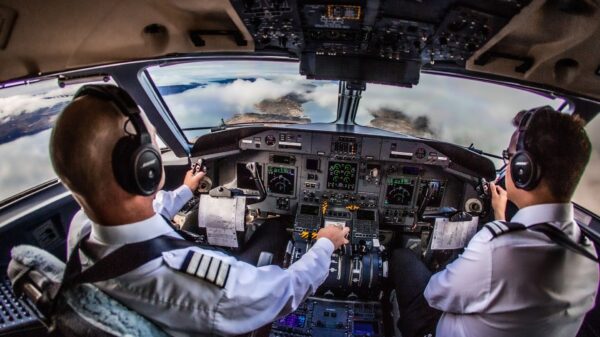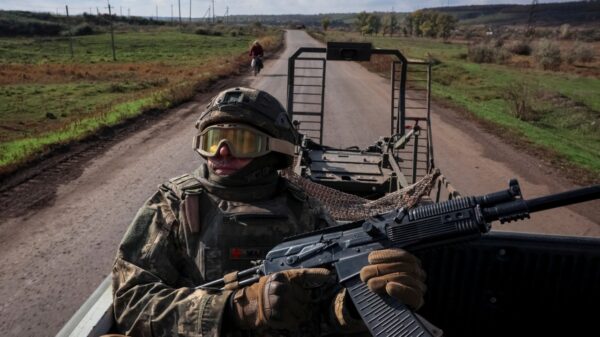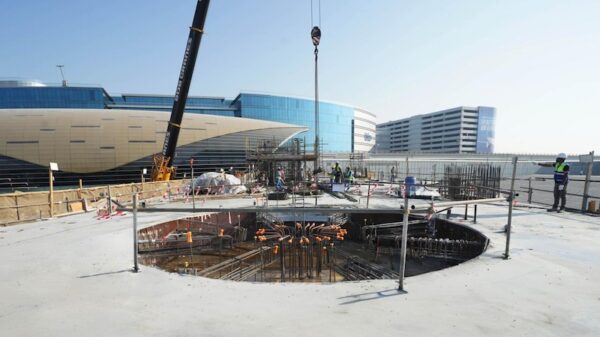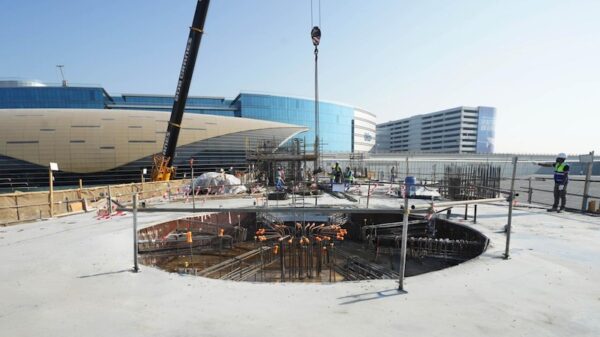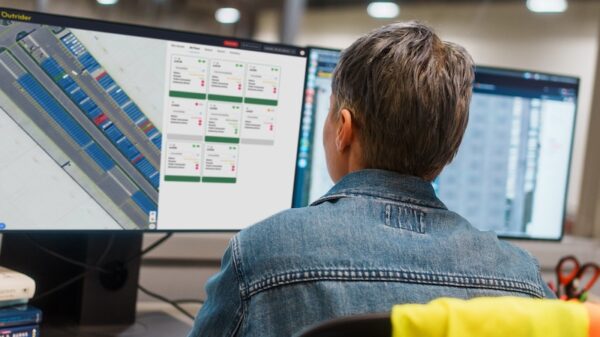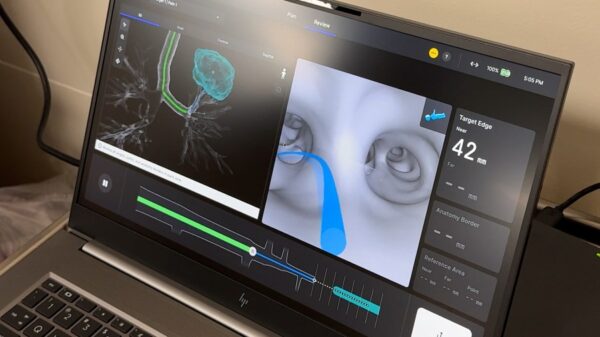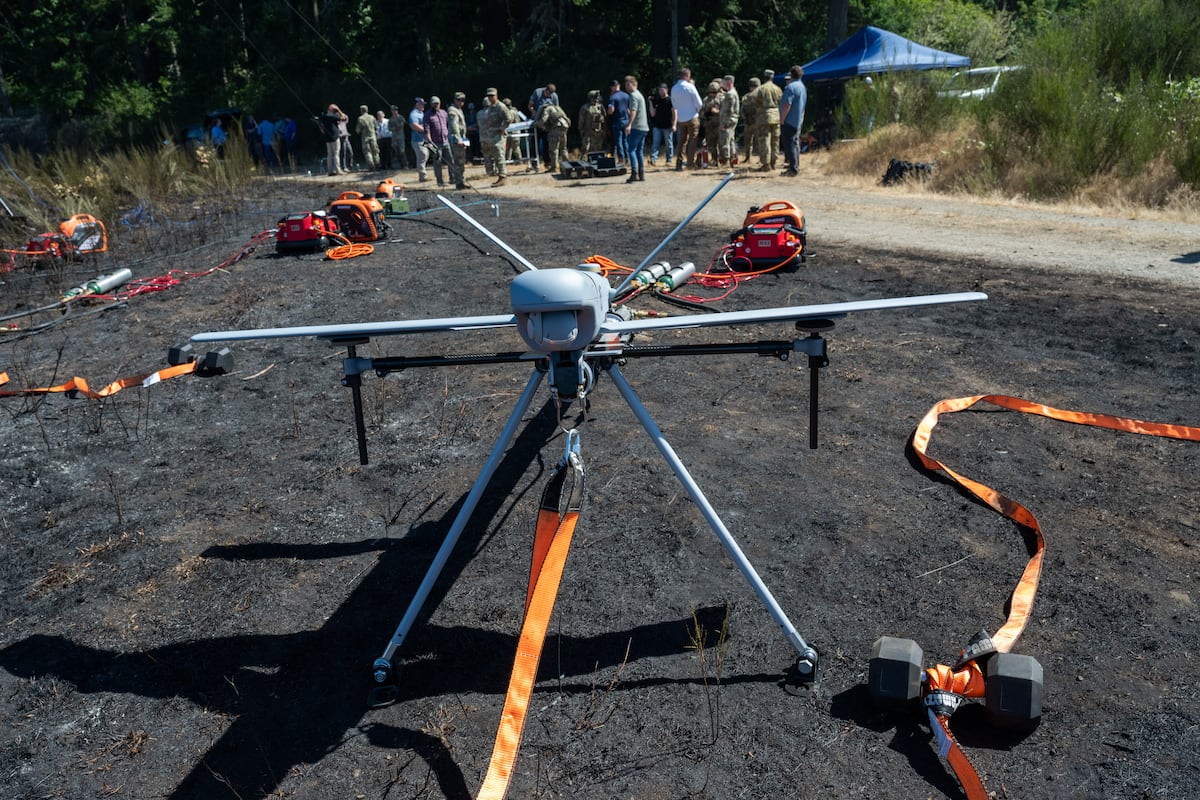The U.S. Army has launched a significant initiative to integrate autonomous systems across all its divisions by 2026. This plan was put to the test during a demonstration at Joint Base Lewis-McChord in Washington State, where soldiers conducted trial runs with the first batch of multipurpose drones. The mid-August event was part of the Army’s Launched Effects project, which focuses on versatile systems capable of performing various missions, including targeting, surveillance, and kinetic strikes.
These drones are designed to operate in challenging terrains, scouting high-value targets that traditional methods may struggle to access. The Army aims to deploy short, medium, and long-range Launched Effects in the coming years, prioritizing continuous updates based on soldier feedback and mission demands. This approach marks a departure from typical acquisition programs, which often take years to finalize requirements and develop systems.
The urgency of this initiative has escalated following directives from Pentagon leadership. In late April, Defense Secretary Pete Hegseth instructed Army officials to equip every division with these systems by the end of next year. Following this, the Army introduced the Army Transformation Initiative, emphasizing the necessity for more autonomous systems. A broader acquisition reform directive issued by Hegseth in June aims for “drone dominance” by 2027.
Soldier Feedback Drives Development
The recent demonstration allowed soldiers to provide invaluable feedback on the Launched Effects systems. The Army had selected three off-the-shelf short-range systems as baselines for the program: RTX’s Coyote Block 3, Anduril’s Altius 600, and AEVEX Aerospace’s Atlas. A limited number of each system were distributed to three units, with each unit focusing on one specific drone during the user demonstration.
Brig. Gen. Cain Baker, director of the Army’s Future Vertical Lift Cross Functional Team, noted that this demonstration was the first time operators received hands-on training with these systems. Baker emphasized the significance of soldier feedback in shaping future operational concepts and the development of the drones themselves.
The three-week event included initial equipment training, live operational exercises, and tactical scenario applications. Soldiers learned how to set up the systems, integrate them into mission planning, and conduct simulated flights. Feedback from participants indicated a positive response to the new technology.
Spc. Jacob Richter, who operated the AEVEX Atlas, reported that the transition from classroom training to live flight was seamless, describing the system as user-friendly. The ability to utilize these drones for reconnaissance and strike missions enhances security and operational effectiveness.
Future Plans and Continuous Innovation
The Army plans to leave some of the systems at Joint Base Lewis-McChord for ongoing training and refinement. There is a clear strategy in place for the long-term fielding of Launched Effects, with an acquisition strategy approved in late July. This strategy employs an urgent capability acquisition pathway, allowing for rapid deployment and regular updates based on user feedback.
Lt. Col. Hunter Gray, the product manager for Launched Effects, explained that this approach enables the Army to adopt ready-to-issue technology and make continuous improvements based on operational insights. The goal is to maintain flexibility in system requirements, ensuring that the technology remains relevant and effective.
As the Army continues to define its strategy for these autonomous systems, officials are also looking at medium and long-range capabilities. The evidence gathered from the user demonstration will inform training plans and operational integration for future systems. The Army’s intent is to develop a modular architecture that accommodates various launch platforms and control mechanisms, enhancing versatility and simplifying integration for vendors.
Brig. Gen. Baker stated that the aim is to establish a capability that can launch from both air and ground assets, avoiding restrictions associated with dedicated systems for specific mission sets. The Army’s commitment to innovation and soldier involvement will be crucial as it moves forward with this ambitious initiative.
By prioritizing soldier feedback and iterative development, the Army aims to enhance its operational readiness and effectiveness in a rapidly evolving battlefield landscape.







